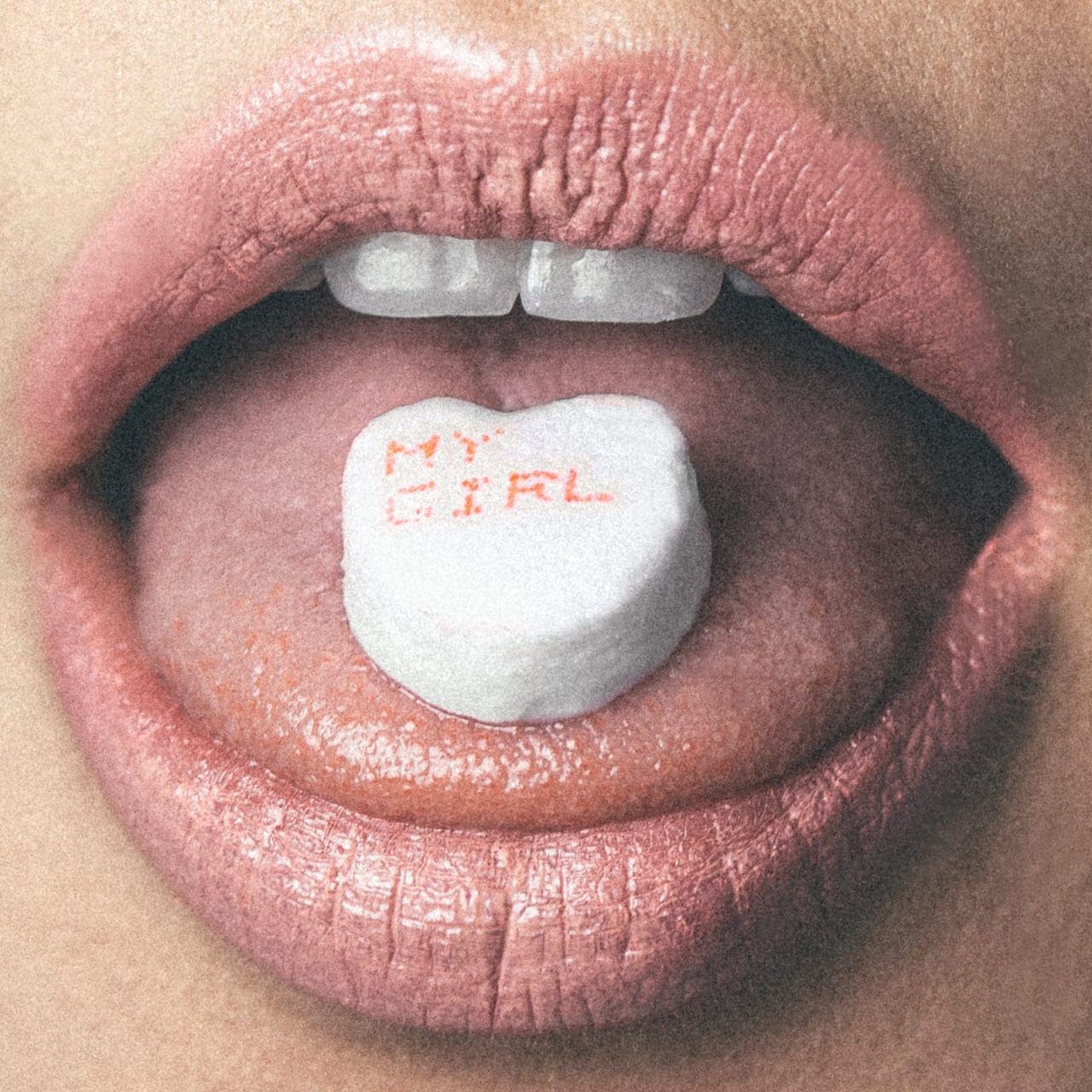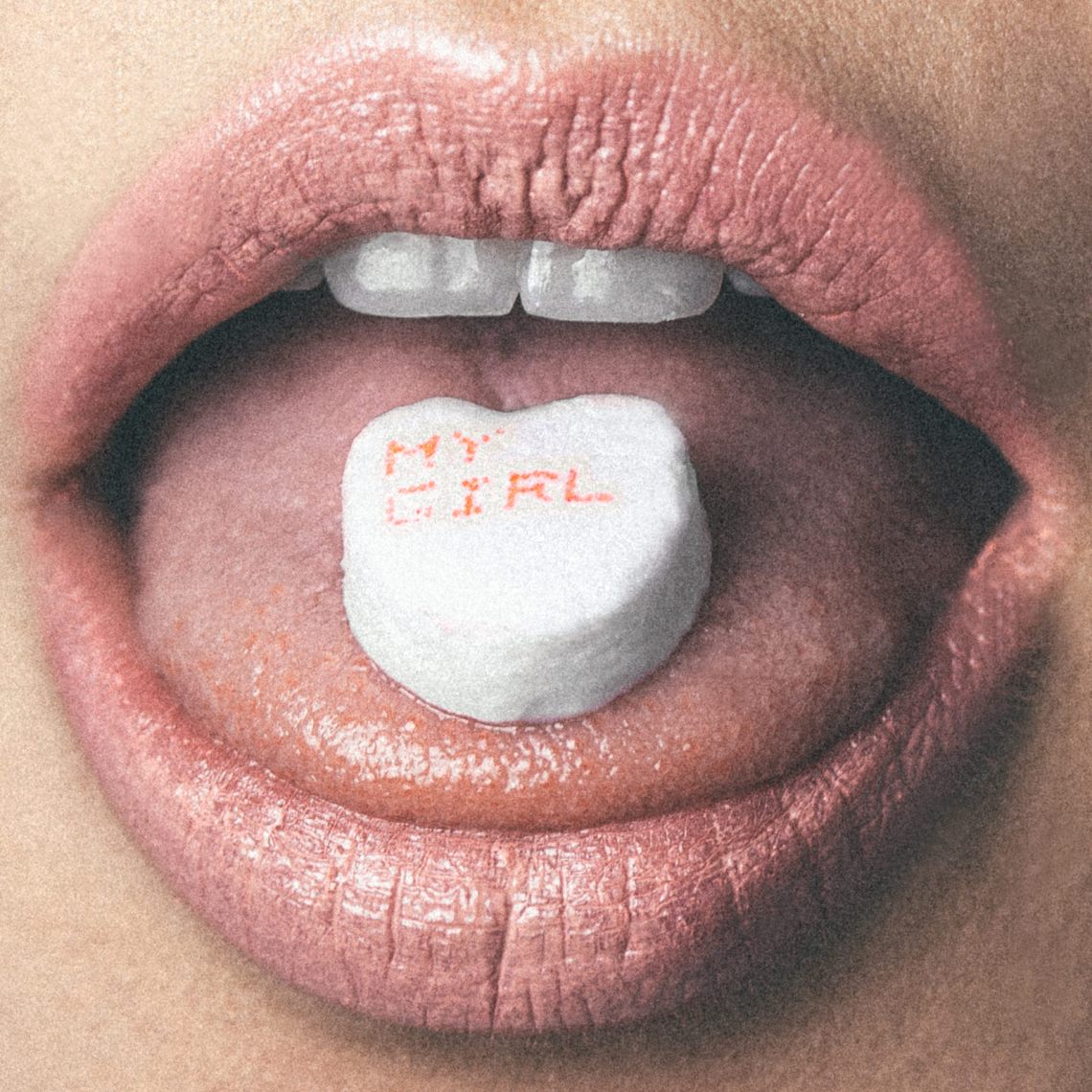It’s Not Our Fault We Fall In Love, It’s Chemical
There are no soulmates, no meant-to-be's, and certainly no The One. Poetry, astrology, or whatever else you believe in have nothing to do with it.


A very unscientific look at the science of love.
You are walking alone in an unfamiliar city and see the face of someone you know in the crowd. Your heart contracts and you look again, harder, only to realize it is a complete stranger. You continue on. The crowd regains its thronging anonymity.
That flash of recognition is not due to any special connection you have with the person you thought you saw, but rather because human beings need to make patterns in chaos. Connecting bits of random stimuli into coherent information helped our ancestors spot predators in the grass and is a large part of why our species exists today. A human who can connect the dots, even if the dots aren’t supposed to go together, has a better chance of preparing for a threat than a human who leaves the dots scattered on the ground.
This skill also applies to why and how we fall in love. Please note my restraint in not using quotation marks around the word love. There are no soulmates, no meant-to-be’s, and certainly no The One. Poetry, astrology, or whatever else you believe in have nothing to do with it.
Instead, our brains and bodies produce rather predictable secretions of dopamine, norepinephrine, hormones, and other chemicals that tell us to reproduce and survive, survive, survive. If you’re lucky, the right combination of those might have you wrapping your arms around someone’s neck and singing Galaxie 500 songs in the dark. If you’re not? Well, that’s what twitter.com is for.
So what’s first? Hello, pheromones, my old friend. Testosterone and estrogen, also known as the ushers of bad decisions, the bringers of heat and sweat, ooze forth and suddenly we are pressing up against one another in dive bars. We are ordering another drink and talking (but not really listening), trying to figure out how to decrease the space in between our bodies. Is your heart racing yet?
It’s the norephinephrine, or as the kids say, adrenaline. It courses through our brains as we look at each other, pumping in constant crescendo, looking for a climax. It’s no surprise that now we are biking home together in the summer air. We are touching bare skin to bare skin. We are closing our eyes and opening our mouths.
And—oxytocin. The release, the come down, the afterglow. It’s a hormone produced by the hypothalamus gland in both sexes during orgasm that is supposed to promote attachment. Along with it comes vasopressin, another bonding hormone that plays a role in long-term relationships.
Remember when it used to be a good thing to become attached after sex? Remember when our ancestors had to stay together to raise the children and ensure the continuing presence of our species on earth? That’s why we produce oxytocin and vasopressin. Now, though, they just pop up as pesky, uncontrollable urges to double text.
And so the phone games take place, the norepinephrine kicks into overdrive when you see that name flash on the screen, and it’s finally time to see each other again. And again. And again. Each day you are discovering something new and wonderful about each other. It doesn’t matter what you do together, it’s perfect. Lying on your backs in the park, suffering through a noise bro/drone bro show just because it’s free, cooking lentils after midnight. This is everything. This is euphoria.
But actually, it’s dopamine, just another brain chemical like you might experience from nicotine or cocaine. Those feelings of exhilaration you attribute to your connection with your lover are actually just the reward pathways in the brain functioning as they should. But all you know is the seizing, gripping elation you experience when you’re together, and you start wishing you could see this person every day (but you don’t because that’s, like, ultra clingy). You can think of almost nothing else. You daydream to the point of impairment. You fantasize. You feel insane.
But it’s not psychosis, it’s serotonin, a neurotransmitter which works to control our moods and balance our bodily systems. When we think we are in love, our serotonin levels are low, and this deficit can result in a roller coaster of emotions ranging from exuberance when we are lying in bed next to our lover, to depression when we lock the door behind them. What was golden goes gray.
What was full is now empty. Coincidentally, the area of the brain that experiences increased blood flow during the infatuation stage is the same area that is related to obsessive compulsive behaviors, meaning that those all-consuming and somewhat frenzied thoughts are not entirely our fault.
So here you are, under the influence of pheromones, norepinephrine, oxytocin, dopamine, and serotonin, a combination that sounds like something straight out of Enter the Void but is really just “love.” (The quotations marks are necessary now. ) When taken together, these substances are very dangerous and make us do ill-advised things like get married or move across the country or give out our Netflix passwords.
But unlike pills and cigarettes, there are no warning labels or gruesome pictures on pheromones and neurotransmitters to dissuade us from using them, and so we continue to do it. We let ourselves go and take the hand of a stranger in the crowd to see if maybe our chemicals will work in unison, at least for the time being. ![]()




